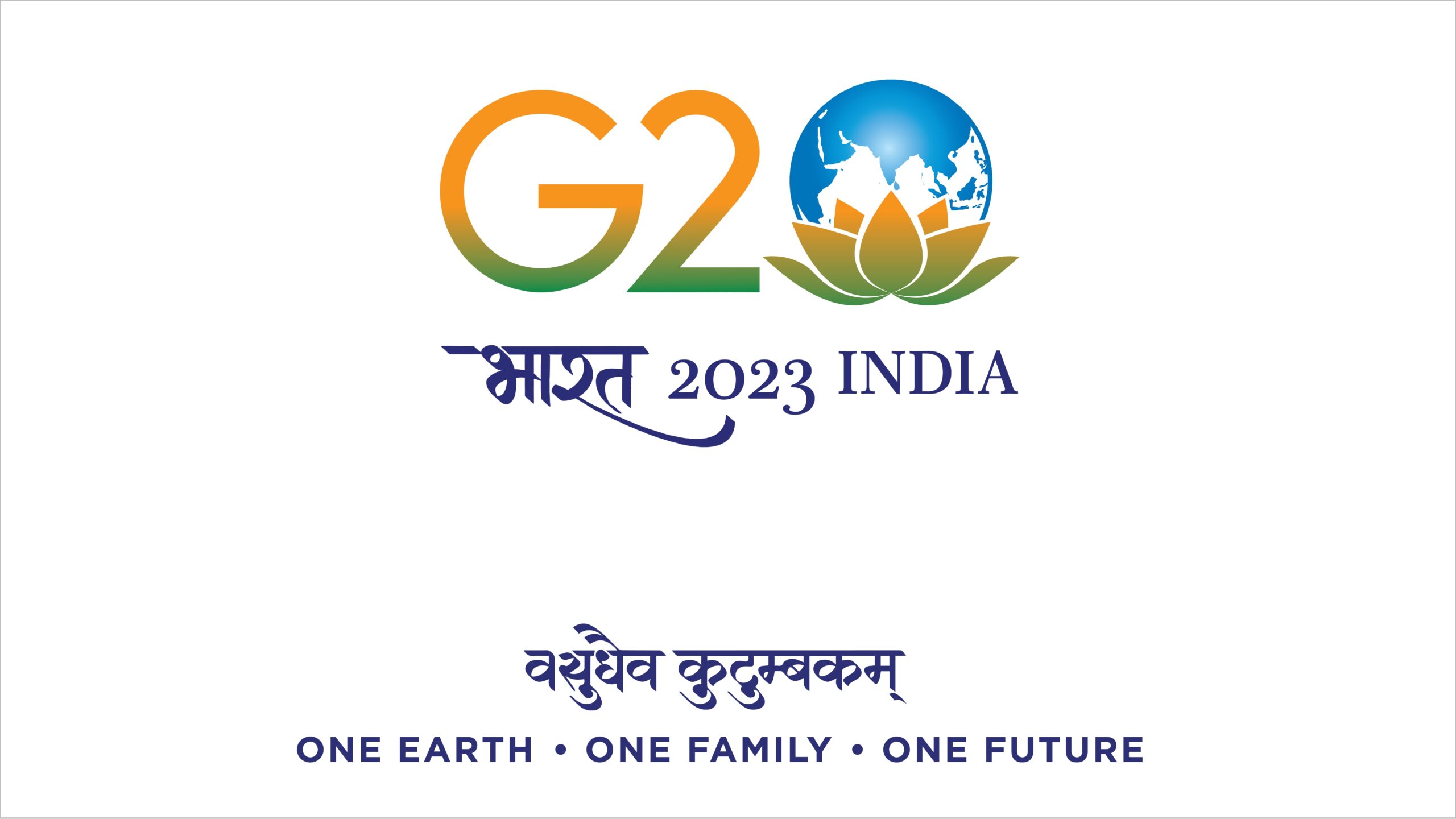
The theme of India’s G20 Presidency – “Vasudhaiva Kutumbakam” or “One Earth · One Family · One Future” – is drawn from the ancient Sanskrit text of the Maha Upanishad. Essentially, the theme affirms the value of all life – human, animal, plant, and microorganisms – and their interconnectedness on the planet Earth and in the wider universe.
The Group of Twenty, or G20, is a powerful consortium of 19 countries and the European Union, coming together to shape the world’s economic future. With member countries like Argentina, Australia, Brazil, Canada, China, France, Germany, India, Indonesia, Italy, Japan, Republic of Korea, Mexico, Russia, Saudi Arabia, South Africa, Türkiye, United Kingdom, and the United States, the G20 represents approximately 85% of the global Gross Domestic Product (GDP), over 75% of global trade, and nearly two-thirds of the world’s population.
G20 Members


Navigating the G20: How It Works
At the heart of the G20’s operations is its Presidency. Each year, a member country takes on the role of steering the G20 agenda and hosting the G20 Summit. The G20 operates through two main tracks: the Finance Track and the Sherpa Track.

1. Finance Track: This track is helmed by Finance Ministers and Central Bank Governors from member countries. They focus on economic and financial issues of global significance. Throughout the Presidency term, these leaders lead various thematically oriented working groups, which include representatives from relevant ministries within member countries and international organizations. The Ministry of Finance primarily spearheads the Finance Track.
2. Sherpa Track: Sherpas play a pivotal role in coordinating the G20 process from the Sherpa side. These individuals are personal emissaries of their respective country’s leaders and are responsible for discussions surrounding agenda items for the Summit. They also ensure the substantive work of the G20 proceeds smoothly.
Engagement Groups: Beyond these core tracks, Engagement Groups play a crucial role in broadening participation. These groups bring together civil society organizations, parliamentarians, think tanks, women’s groups, youth organizations, labor representatives, businesses, and researchers from the G20 countries. They provide diverse perspectives and inputs, ensuring that G20 policies consider the interests and needs of a wide array of stakeholders.
A Unique Characteristic: Unlike many international organizations, the G20 does not have a permanent secretariat. Instead, it relies on a collaborative approach. The Presidency is supported by the Troika, consisting of the previous, current, and incoming Presidencies. During India’s Presidency, the Troika will comprise Indonesia, India, and Brazil, respectively. This collaborative model allows for continuity and smooth transitions in leadership.
The G20’s unique structure, with its focus on both financial and diplomatic tracks, allows for comprehensive discussions on pressing global economic challenges. With India at the helm of the G20 Presidency, the theme of “Vasudhaiva Kutumbakam” – “One Earth. One Family. One Future” reflects the nation’s commitment to fostering unity and sustainability on a global scale. As these diverse member nations come together to steer the global economy, they work towards a shared vision of a better future for all.
INDIA’S G20 PRIORITIES?
- Green Development, Climate Finance & Lifestyle for Environment (LiFE)
- Accelerated, Inclusive & Resilient Growth
- Accelerating progress on Sustainable Development Goals (SDGs)
- Technological Transformation & Digital Public Infrastructure
- Multilateral Institutions for the 21st century
- Women-led development
For More detail Info : https://www.g20.org/
Content Source : https://www.g20.org/

